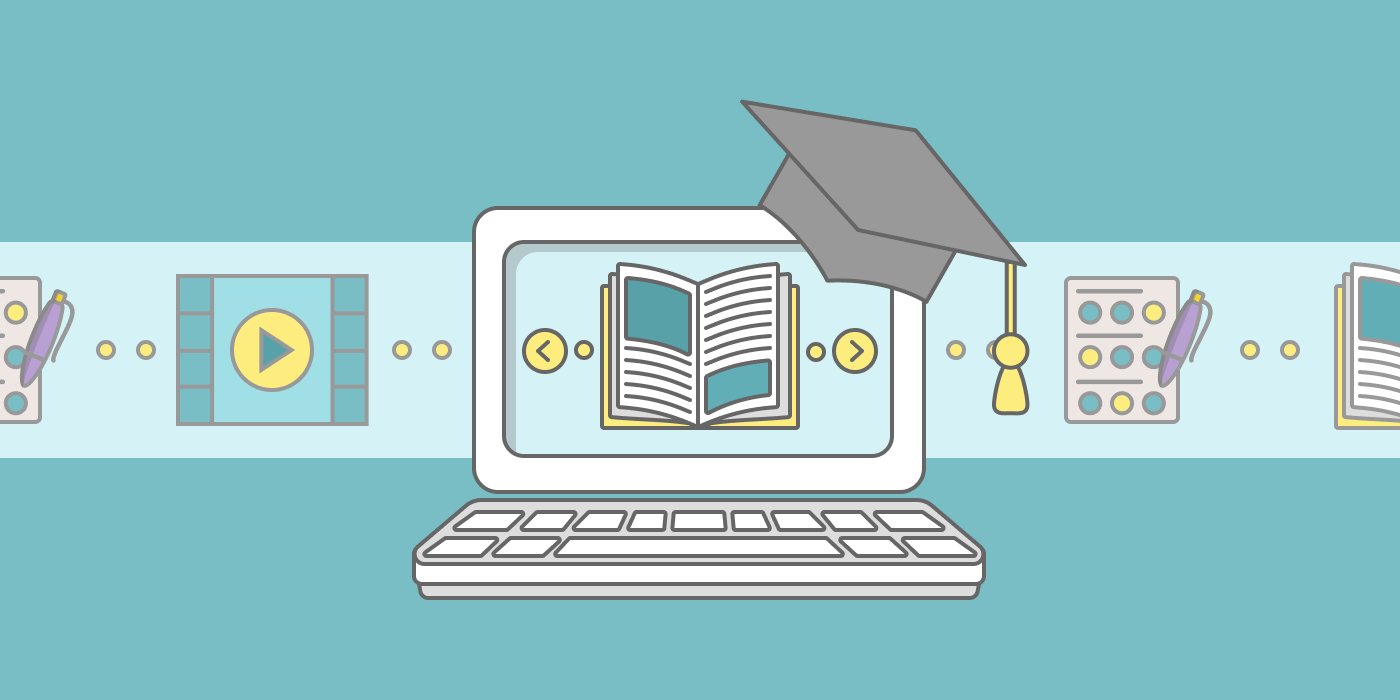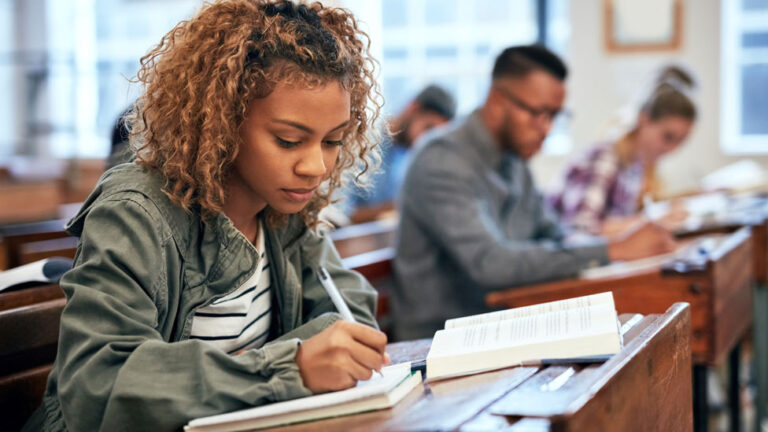In the previous installment of this series on empathy in schools, we had a look at how teachers can manage their classroom better by adopting a more empathic mindset. As I promised last time, I am now delving into the concept of empathy in the classroom as a way to improve the learning process.
All of this and more can be achieved not only by modeling empathy as a teacher, but also by teaching students how to be more empathic. The good news is that empathy, as researchers have shown, is not a fixed ability that you either have or you don’t. Even better, it is a skill that can be taught, and research tells us that empathy training programs in schools actually do work.
But first, what does empathy look like in a classroom? For the sake of working with a goal in mind, I will define it as a generally welcoming and warm environment, in which students demonstrate prosocial behaviors, and help each other learn. Empathy creates an environment in which students have a sense of belonging the moment they walk into a classroom.
Why teaching empathy works
Let’s get this out of the way: children learn by observing what adults do. Period. There is no going around in circles hoping that they do what adults say and ignore what they do. Aside from their home environment, where parents are responsible for teaching them what empathy means, school is where they spend most of their time, learning how to socialize, make friends, collaborate, solve conflicts, and so much more. That is why ignoring this aspect of their lives can be hugely detrimental to their development, especially since not all students benefit from a stable and healthy home environment. On a brighter note, your classroom could be their chance to learn healthy behaviors that will set them up for success later in life.
First, empathy is a real driving force for learning. Science tells us that children who have received more empathy also have a higher capacity for learning. Students that have gone through negative experiences at home also tend to be more stressed, which negatively impacts their school life as well. To put it more simply: children learn better when adults and their peers are kind and understanding.
Teaching empathy also strengthens self esteem and helps children be more confident in their academic skills. A general good and healthy opinion about themselves can help them get over failures much quicker and try new things, since students have a more realistic view of their strengths and weaknesses. They are more ready to lift up and help their classmates than engage in a continuous competition with them. While competition in itself is not bad, when you teach children to be very individualistic, they are less likely to ask for help, tend to keep their struggles to themselves and might feel ashamed when things don’t go their way.
According to Norma Deitch Feshbach and Seymour Feshbach, empathy directly influences academic achievement, particularly in subjects such as literature and history. Being able to imagine what Peter Pan must feel like, or the true intentions of a historical character makes them not only more empathetic, but also hone their critical thinking skills.





